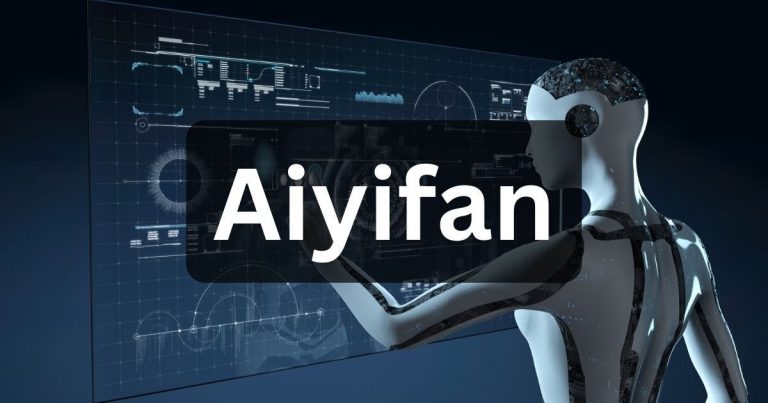Understanding The Benefits of Community Solar Projects
Key Takeaways:
- Community solar projects are collective endeavors that harness solar energy for a group of participants, providing cost savings and environmental benefits.
- The structure of community solar allows people without suitable roofs or upfront investment capabilities to participate in clean energy production.
- Despite specific challenges, community solar has numerous success stories and a promising future as part of the sustainable energy transition.
Discover the advantages of community solar projects. Explore renewable energy solutions, cost savings, and environmental benefits. Learn how community involvement fosters sustainability and equitable access to clean energy resources.
The Rise of Community Solar: An Overview
In recent years, community solar has emerged as a powerful force in renewable energy, characterized by its unique, collective usage model. It allows individuals who either lack roof access suitable for solar panels or need help to afford the installation costs to benefit from solar energy. This innovative system introduces a cooperative business model into the energy sector and functions as an inclusive approach for more equitable access to sustainable energy. Community solar is particularly useful in densely populated urban environments and for environmentally conscious people who face physical or financial constraints. Learn more at Community Solar, which illustrates the capacity for these projects to integrate effectively into the broader renewable energy movement.
How Community Solar Works
Understanding the mechanism behind community solar projects is essential to grasp their potential benefits. A typical arrangement involves installing an extensive solar photovoltaic system, or ‘solar garden,’ in a shared space. This system is funded by members who subscribe to the electricity generated, thus becoming beneficiaries of the power produced. A key benefit of such a setup is the solar credits system; credits are earned proportionally to one’s investment and are then applied to reduce monthly electricity costs. This model provides tangible benefits without requiring individual subscribers to bear the burden of owning and maintaining costly solar setups on their private property.
Environmental Impacts of Community Solar
The environmental advantages of community solar projects are considerable and diverse. By offsetting the electricity produced from non-renewable sources, these projects help to reduce overall carbon emissions. They contribute to the decline of greenhouse gases, playing a pivotal role in tackling the urgent issue of climate change. Furthermore, by advocating for the proliferation of clean and green energy sources, community solar projects encourage a collective sense of responsibility toward the planet’s future health. The Environmental Protection Agency underscores the environmental virtue of community solar, reinforcing its support by offering resources and guidance for setting up green power partnerships. More about the environmental benefits can be found through the Green Power Partnership.
Economic Advantages for Participants
Participation in a community solar project can lead to economic benefits for individuals and communities alike. Subscribers to a community solar array typically notice a decrease in their electricity bills as the cost of solar power becomes more affordable due to the economies of scale. These savings are often secured through fixed rates, protecting against the rising costs usually associated with traditional energy sources. This predictability in energy costs is particularly advantageous for individuals and small businesses seeking financial stability. Moreover, community solar projects can spur local job creation and economic development, leading to a more vibrant community economy.
Accessibility: Making Solar Available to All
The accessibility of community solar is one of its most significant benefits. Whether you are a homeowner, a renter, residing in an apartment building, or do not have an adequately sunlit roof, community solar offers an opportunity to contribute to and benefit from clean energy. This inclusive approach removes significant barriers to solar adoption, democratizing energy and empowering communities to take collective action. As solar power becomes an increasingly important component of the national energy mix, the universal applicability of community solar ensures that its benefits can be distributed more evenly regardless of residential status or wealth.
Challenges and Considerations
While community solar offers many advantages, it has its challenges. Developers of such projects must navigate complex regulatory landscapes and may encounter financial and logistical difficulties in the planning and deployment phases. One primary consideration is ensuring equitable access to the benefits of the solar energy produced, which may involve intricate subscriber management and credit allocation systems. Furthermore, such systems’ initial costs and long-term maintenance responsibilities must be addressed transparently to make community solar a sustainable option for all participants. Acknowledging and tackling these challenges head-on is crucial to fostering successful community solar projects.
Community Solar Project Success Stories
There are numerous inspiring success stories in the realm of community solar. These testimonials span small-scale neighborhood cooperatives to large initiatives backed by city governments. They reflect a shared commitment to sustainability and economic savings. Take, for example, community solar farms that have transformed underutilized land into thriving renewable energy sources, proving the concept’s viability and scalability. Documented case studies by organizations like the U.S. Department of Energy provide insight into these projects’ successful strategies and best practices. Interested readers can find various remarkable stories at Solar Success Stories, highlighting the significant impact on local communities and the environment.
Future of Community Solar in Renewable Energy
Looking towards the future, community solar has a bright trajectory. Innovations in solar technology, reductions in manufacturing costs, and policy initiatives that encourage renewable energy investments all contribute to a favorable outlook for community solar. In the policy realm, legislative support is essential to create an environment where community solar can thrive by providing necessary incentives and reducing bureaucratic hurdles. The collective enthusiasm for green energy solutions and the potential for significant cost savings set the stage for community solar to become a mainstay in the renewable energy portfolio.
FAQ: Frequently Asked Questions on Community Solar
- What are the costs associated with joining a community solar project? Joining costs can differ based on project size, location, and management. Thankfully, many projects offer scalable participation levels, some starting with little to no upfront fees based on the cooperative or business model adopted.
- How do solar credits work to reduce my energy bill? Solar credits reflect the energy your share of the solar farm produces, which is then deducted from your monthly utility bill. This can result in significant savings, as you are credited at a reduced rate compared to typical electricity costs.
- If I don’t own a house, can I still participate in a community solar project? Indeed. Community solar projects are designed to be inclusive, enabling homeowners and renters to participate. The essential requirement is simply being within the same electrical grid as the solar array.
Joining a Community Solar Project: Steps to Get Involved
- Research: Finding a Community Solar Project Near You. This step involves identifying active community solar projects in your area, which can be accomplished by consulting local non-profits, utility companies, or databases dedicated to renewable energy initiatives.
- Evaluation: Understanding the Terms and Conditions. Potential participants must review the agreement terms and understand the scope of their commitment, the duration of the contract, and the benefits they will receive. This evaluation is a critical step to avoid future misunderstandings.
- Enrollment: How to Become a Participant. After thorough research and evaluation, enrolling as a participant typically involves filling out an application and agreeing to the terms. After that, you can anticipate using solar power’s financial benefits to make a real environmental difference.
Stay in touch to get more updates & news on Discover Headline!







